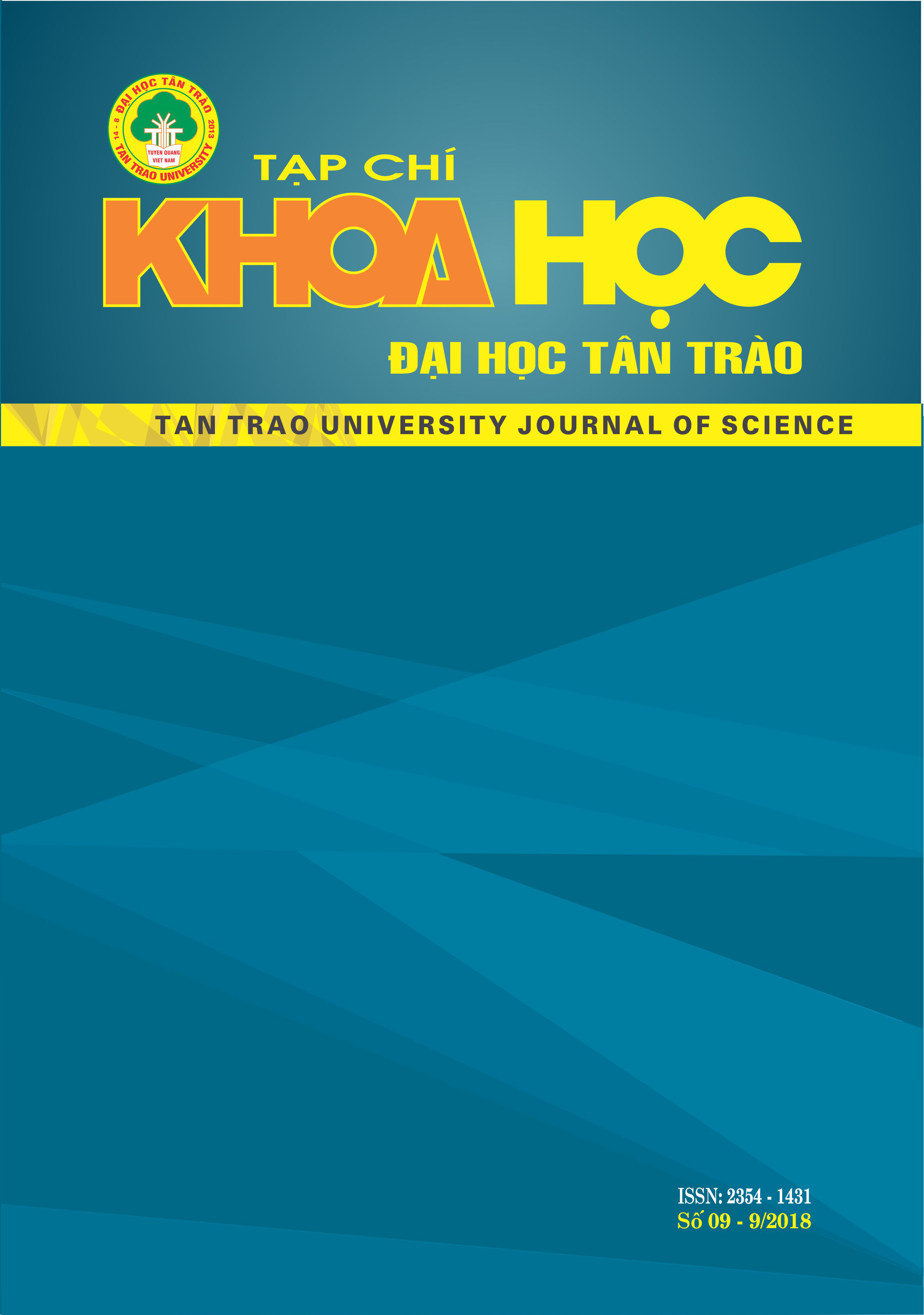Charnel house – a great feature of Tay Nguyen architecture
DOI:
https://doi.org/10.51453/2354-1431/2018/211Keywords:
Tay Nguyen,folk architecture of Tay Nguyen, folk culture of Tay Nguyen.Abstract
The Charnel-house (means a house for the dead) commonly has the same architectural structure and shape to the dwelling house. However, it is difficult to find in Vietnam Central Highlands any other architecture that is comparable to that of the Charnel house in the field of sculpture and architectural art. Perhaps, in Central Highland the Charnel -house is the only architecture that combines many different branches of art: architecture, sculpture, drawing, plating, decorative art… Depending on the character and the shape of the tombs-house, the artistic character of the architecture, sculpture or decorations make it more or less evident.
Downloads
References
1. Xing Chơ Niếp (trường ca Ê - đê) (1986), Nxb Văn hóa, Hà Nội, tr.129;
2. Xing Nhã, Đăm Di (trường ca Ê - đê) (1978), Nxb Văn hóa dân tộc, Hà Nội, tr.77.
Downloads
Published
How to Cite
Issue
Section
License

This work is licensed under a Creative Commons Attribution-ShareAlike 4.0 International License.
All articles published in SJTTU are licensed under a Creative Commons Attribution-ShareAlike 4.0 International (CC BY-SA) license. This means anyone is free to copy, transform, or redistribute articles for any lawful purpose in any medium, provided they give appropriate attribution to the original author(s) and SJTTU, link to the license, indicate if changes were made, and redistribute any derivative work under the same license.
Copyright on articles is retained by the respective author(s), without restrictions. A non-exclusive license is granted to SJTTU to publish the article and identify itself as its original publisher, along with the commercial right to include the article in a hardcopy issue for sale to libraries and individuals.
Although the conditions of the CC BY-SA license don't apply to authors (as the copyright holder of your article, you have no restrictions on your rights), by submitting to SJTTU, authors recognize the rights of readers, and must grant any third party the right to use their article to the extent provided by the license.


